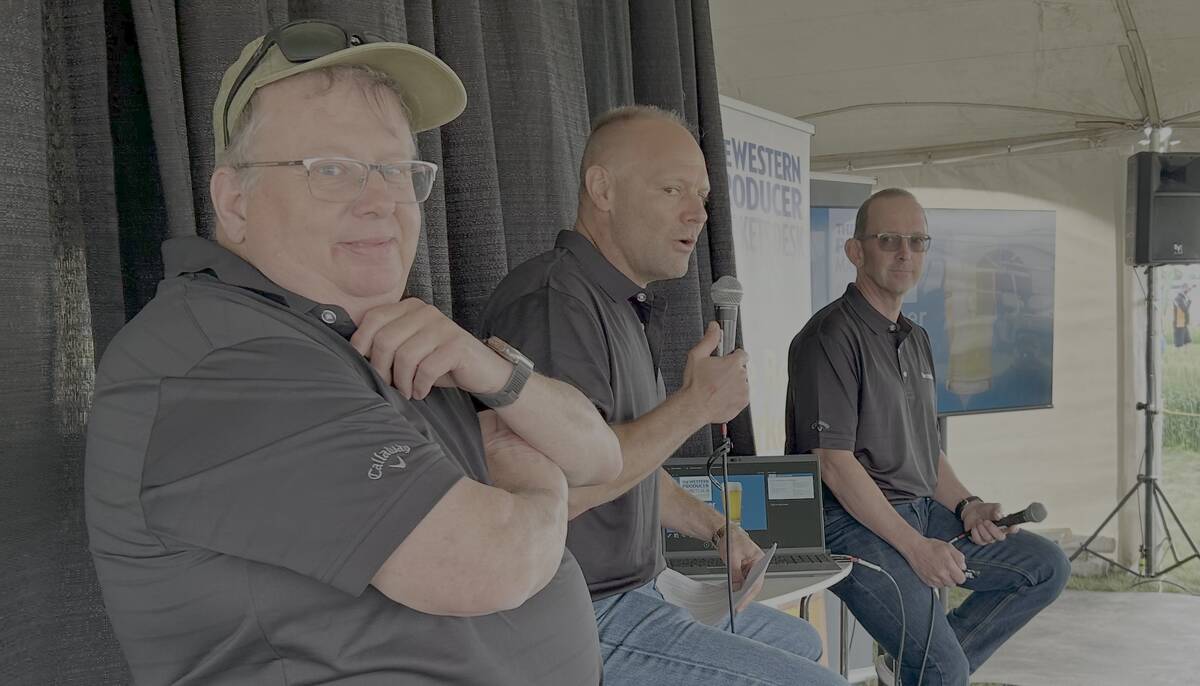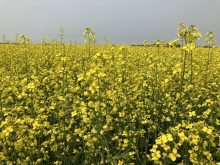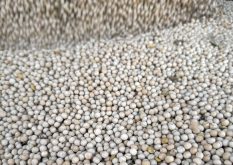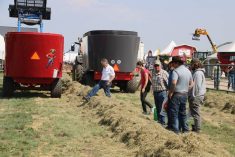On the final day of Ag In Motion 2025, farmers were asking about U.S. corn flowing into Western Canada, and why beef production would remain stubbornly low into the first quarter of 2026.
Western Producer Markets Desk analysts Bruce Burnett, Ranulf Glanville and Jerry Klassen were on hand during the show to answer these and more questions.
Follow all our Ag in Motion coverage here
Read Also

Canadian Food Inspection Agency extends chronic wasting disease control program consultation deadline
Date extended for consultation period of changes to CWD program
QOTD: Bruce Burnett
What is happening with red lentil production and prices in Western Canada?
We planted more pulse area, including lentils. The problem we’re going to have is we’ll have relatively large supplies in the demand picture for lentils, or I would say vegetable protein in general, is fairly negative right now. So, the crop that’s been hurt the most so far is yellow peas. I think probably lentils are going to have to trade sideways here in through the harvest period, and until we see some new demand emerge. One of the things that’s been happening is we’ve been seeing a lot of production from the Black Sea region in the pulses in general, and that’s providing some competition for us. I think it’s just going to be a case where we’ll see flat markets on the lentils, unless we get some policy moves that change some of the dynamics of the pulse industry.
QOTD: Jerry Klassen
You indicated beef production will remain low in the first quarter of 2026. Why?
That is when beef production will be at its lowest level, based on the current, our current projections, like the young, the young calves that are going into the feedlot now, already, they’re going to be fattened in that first quarter, right? So the placement data on that so far, I think what’s what you usually see in the cattle market in this transition stage, is that the cattle market, when it transitions from contraction to expansion, there are less heifers supplied to the market, and then that feeder market overextends to the upside because there’s a tighter supply beyond normal market fundamentals. And we’re likely entering that state right now because the U.S. cow-calf producer usually makes that decision to hold back heifers in September and October, November, in the fall period, because that’s when they usually sell their calves, and then they say, “no, we’re going to hold them back.”
We won’t see significant heifer retention on the semi-annual cattle inventory report that’s coming up, but likely in the next one. And like I said, right now already, we already have that low cow slaughter. So we are in that period where feeder cattle prices will overextend to the upside, so that the feedlot operator starts to have negative margins. And when they have negative margins for about five or six months, that’s when you see a significant shift in the feeder market because that’s when they finally have had enough and they say, “OK, we’ll lower our price for replacements.”
Read the Day 1 and Day 2 One beer market updates on our Ag in Motion 2025 landing page.
















